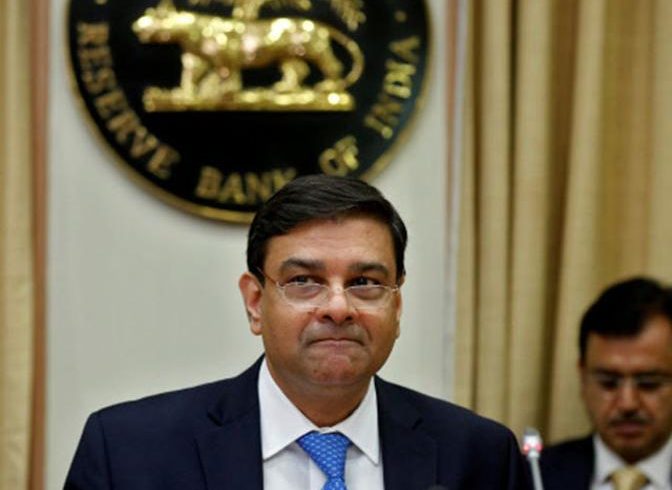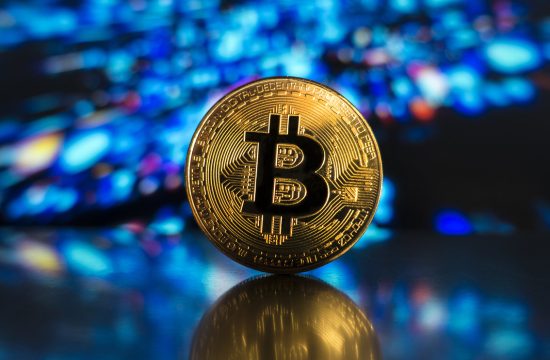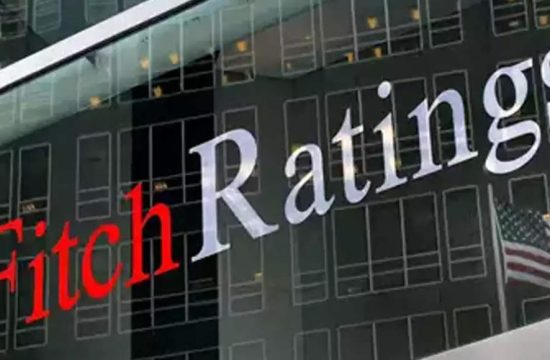
MUMBAI: A sharp fall in global crude oil prices over the last few days, predictions of a better monsoon and limited impact from the goods and services tax on inflation may push the Reserve Bank of India (RBI) to soften its stance on interest rates, possibly opening the door to another rate cut later this year.
On Thursday, global crude oil prices fell by 5 per cent after oil producing countries voted not to deepen output cuts for a further nine months. Oil is India’s largest import and softer crude prices for the next few months means the RBI has one less thing to worry about.
In its monetary policy review in February, RBI had shifted its stance to neutral from accommodative, substantially reducing the chances of a rate cut.
It reiterated this stance in April, citing risks ranging from an uncertain monsoon due to rising probability of El Nino, higher allowances to government employees after the Seventh Pay Commission, the one-off effects due to the implementation of GST and risks due to higher global commodity prices.
In the April policy review, RBI governor Urjit Patel pointed to the upside risks to inflation and unfavourable base effects in the second half of the year.
“Accordingly, inflation developments have to be closely and continuously monitored with food price pressures kept in check, so that inflation expectations can be re-anchored. The future course of monetary policy will largely depend on incoming data on how macroeconomic conditions are evolving,†Patel said while insisting that a neutral stance allows RBI to act either ways.
The central bank expects inflation to average around 5 per cent in the second half of the current fiscal, higher than its medium term target of 4 per cent. Current expectations are that these risks to inflation have dipped. For example, earlier this month, the India Meteorological Department (IMD) predicted that the country may get more than adequate rainfall as the chances of an El Nino condition, which is linked to droughts in India, have fallen substantially.
Economists say the chances of RBI softening its stance are higher. “We have stuck to our call for a 25 basis points cut in August and the current conditions support this,†said Indranil Sengupta, chief India economist at Bank of America-Merrill Lynch. One basis point is 0.01 percentage point. RBI has reduced its benchmark rate by 175 basis points since January 2015. Its last cut was in October 2016.
“I expect the RBI to soften its stance in its June policy. So far, there has been little impact of the Pay Commission and even the effect of GST is marginal,†Sengupta said. Fears that the GST will fuel inflation have also subsided as the services segment, which has seen a 3 per cent increase in taxes, makes up only about 12 per cent of consumer inflation and as producers may in fact choose to pass on the benefits of lower prices and input credits to final consumers.
“Overall, we expect the new GST regime to make the RBI more relaxed about lingering inflation fears,†Pranjul Bhandari, chief India economist at HSBC, said in a note on May 23. “If producers pass on just half of the tax cuts into final prices and the input tax credit mechanism works with part efficiency (given possible teething issues), headline CPI inflation is likely to fall by 10 basis points. On the other hand, if producers fully pass on tax cuts to final prices (and the input tax credit mechanism continues to work with part efficiency), headline inflation could fall by up to 50 basis points.â€
Consumer inflation had fallen to 2.99 per cent in April due to lower food costs, though the figures for March were revised upwards to 3.89 per cent from the earlier estimate of 3.81 per cent. However, in its April review, RBI predicted consumer inflation to average 4.5 per cent in the first half of the current fiscal and rise to 5 per cent in the second half.






